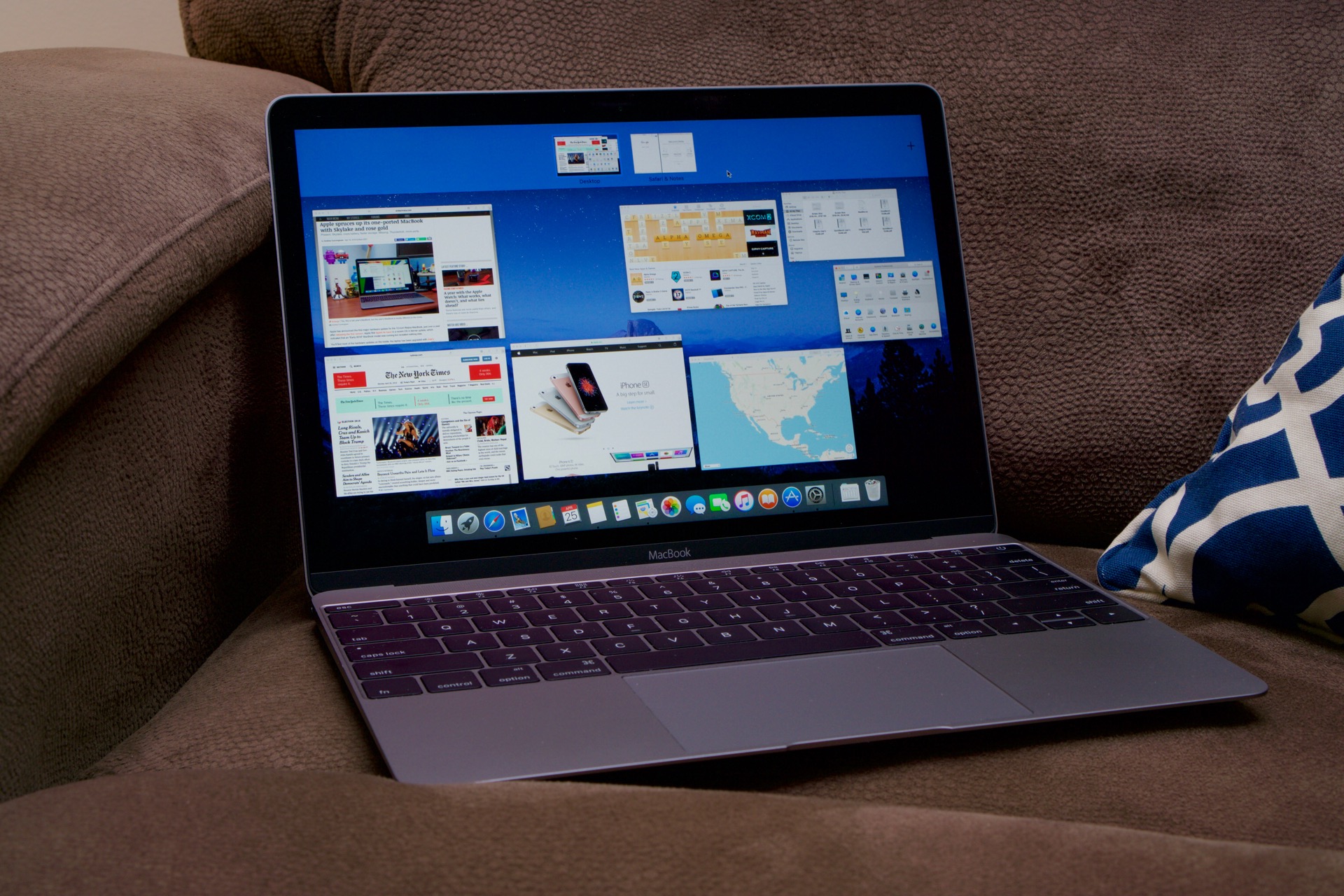
Loading and playing cues uses RAM, so the more audio or video that needs to be loaded at any given moment, the higher the RAM requirement will be.
#Preparing mac for high sierra install
While we don’t recommend using a Mac with an integrated GPU for video-intensive shows, if you do use such a Mac we strongly encourage you to install the maximum possible amount of RAM. The size of this portion is based on the total amount of system RAM installed, so the more RAM you have, the more of it will be used for VRAM.
#Preparing mac for high sierra pro
The Mac Pro, iMac Pro, some MacBook Pro models, and a few other iMac models have discrete GPUs.įor Macs with an integrated GPU, which is all Mac Minis, the MacBook, all MacBook Airs, most iMac models, and most MacBook Pro models, the GPU uses a portion of system RAM as VRAM. Testing is, as always, important.įor those seeking best-possible video performance, a Mac with a discrete GPU is the way to go. For the 2013-2018 “Darth Vader’s wastebasket” Mac Pro, all graphics connections are on the same GPU so you don’t have any choices in the matter. If you use a pre-2014 Mac Pro (“cheese grater”) or a late-2019 Mac Pro (“insanely expensive”), dedicating one modest video card for your operator display and one higher-end card for each projector, or one higher-end card per two projectors, is a good strategy.

Since those two displays share a single integrated GPU, you can improve overall performance by lowering the resolution on your operator’s display the computer will be doing less work for the operator’s display, which means more power is available for video crunching. Mac Minis, for example, can drive two displays simultaneously one for your operator and one for your projector. For video folks, what you need depends entirely upon what you’re trying to accomplish. GPU and VRAMįor audio-only users, GPU considerations are fairly negligible. Processors on Macs cannot be upgraded after they’re purchased, but most Macs let you select from several processor options at the time of purchase. Large numbers of audio or video cues playing back simultaneously, for example, benefit from an i7, i9, or Xeon processor which have better handling of multi-threading tasks than i3 or i5 processors. The more work QLab needs to do, the happier it will be with a more powerful processor. QLab is likewise not supported in a virtual machine environment. Please do yourself a big favor, and just keep away from those. QLab is not supported on “hackintoshes” at all.


Please take this information not as a firm set of instructions about what to do, but rather as a set of recommendations about what to consider. What follows is a discussion of general concepts surrounding processor, GPU, RAM, and hard disk use for QLab. Starting with version 4.6.8, QLab 4 is compatible with macOS 11 (Big Sur) and Macs which use Apple Silicon (M1) processors.īecause of QLab’s great flexibility and the varied scenarios in which it is used, it can be difficult to determine ahead of time how much computer power a given QLab workspace will require. It requires macOS 10.10 or higher, and will work on any Mac that can run 10.10.


 0 kommentar(er)
0 kommentar(er)
